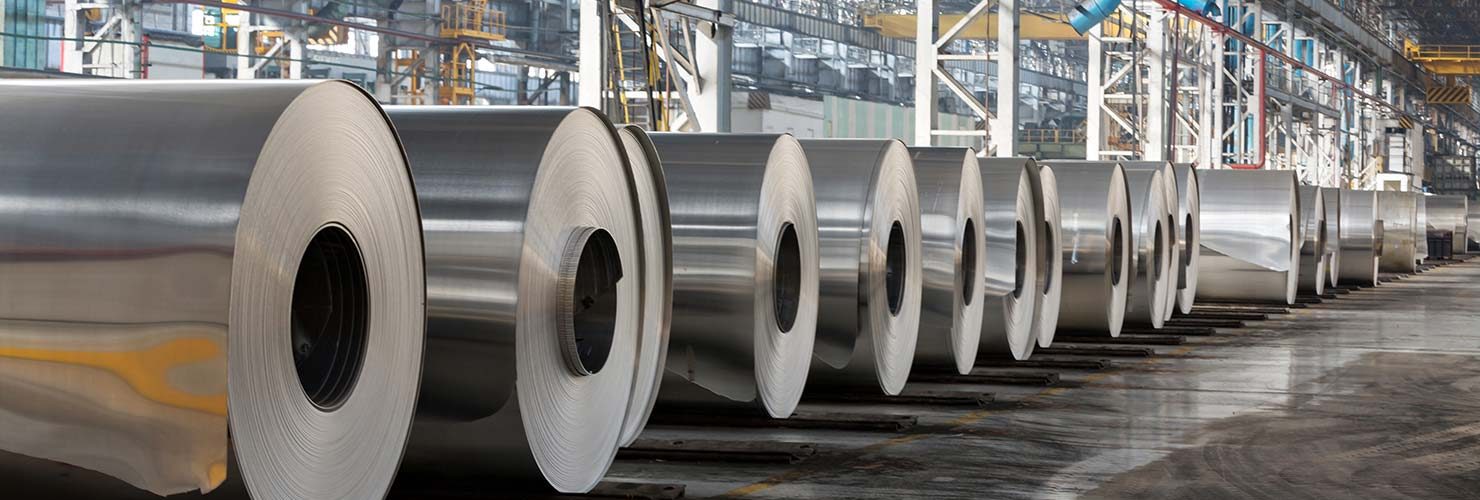From the back office to the factory floor to e-commerce operations, manufacturing companies have abundant opportunities to enhance their businesses digitally. But with so many options come decision and resource problems. This often results in digital initiatives either stalling after they start or not getting off the ground in time for the business to gain a competitive advantage.
Another, and potentially bigger, problem is performing these initiatives in silos, with each project addressing a specific issue with no connection to each other. A big reason for that is the legacy IT infrastructure that underlies many of these businesses’ operations. It is often easier to find a technology solution that solves one isolated problem than to address the many outdated technologies that hold the business back.
That reality is reflected in the Executive Perspectives on Top Risks 2019 report from Protiviti and North Carolina State University’s ERM Initiative. Leaders of manufacturing and distribution firms around the globe cite the following as one of their top risks for this year, right behind talent recruitment and retention challenges: Our existing operations and legacy IT infrastructure may not be able to meet performance expectations related to quality, time to market, cost and innovation as well as our competitors, especially new competitors that are “born digital” and with a low cost base for operations, or established competitors with superior operations.
Digital Change Involves Looking Behind as Well as Ahead
It’s true that outdated legacy systems and disconnected decentralized systems can put manufacturing companies behind more progressive peers and born-digital companies. But organizations feeling constrained by their existing IT infrastructure might want to step back and look at the problem through a different lens. No, they can’t just build a new IT ecosystem from the ground up. But they can use new and emerging technologies, like robotic process automation (RPA), machine learning and artificial intelligence (AI), to enhance existing IT solutions they want and need to keep.
Look at enterprise resource planning (ERP) systems, for example. Can RPA be introduced not only to automate a specific process, but also to help streamline other processes and eliminate manual and time-consuming “swivel chair” activities? And then, what if an advanced data visualization tool were added to the mix? What value could the business derive by breaking down data silos and generating insights from across its data-rich ERP systems? Thinking even further ahead, how might the company scale RPA across the enterprise, or use the same data visualization tool with other business systems?
The scenario above involves looking behind (i.e., improving or eliminating long-standing processes that undermine business efficiency) and looking ahead (i.e., identifying other applications in the business for new technologies). That holistic approach is what’s lacking from many digital initiatives. Manufacturing businesses that don’t think clearly and broadly about digital transformation projects, large or small, risk overlooking the root cause to problems. They will likely also be unable to answer these two questions: What else can we do with this technology?, and, Is it complementary? Moreover, they’ll end up adding new layers of complexity to their IT infrastructure — exactly what they don’t need.
Choosing the Destination and Charting a Road Map
Digital transformation provides a chance for manufacturing organizations to get their IT right the second time around. Many have spent years — even decades — building up their IT infrastructure. With new technologies like RPA and AI they can extend the life of many of those investments and get more value from them than they ever thought possible. And they can better see what solutions are no longer adding value, or even holding them back.
That’s why it’s so important for manufacturing firms to have a long-term vision for what they want to achieve and why. It can be worthwhile for these businesses to develop a road map that will help them outline a clear strategy for achieving their digital transformation goals.
That road map can help them choose new solutions wisely, instead of just racing to implement whatever new technologies their competitors are using — which may not necessarily be the right fit for their business. It can also assist in developing use cases that will help them generate relevant business outcomes. Most important, it can help them see how everything ties together — how a technology change or improvement in just one area could potentially be applied across the enterprise.
While research from our latest top risks survey shows the burden of legacy IT is a key risk for many manufacturing firms, addressing the problem thoughtfully and tactically provides an opportunity for these organizations to change for the better. In future blog posts, we’ll take a closer look at how manufacturing businesses can apply RPA, AI, machine learning and other technologies to specific problems in a holistic manner, so they can build a new IT foundation that will help them prosper.



Add comment